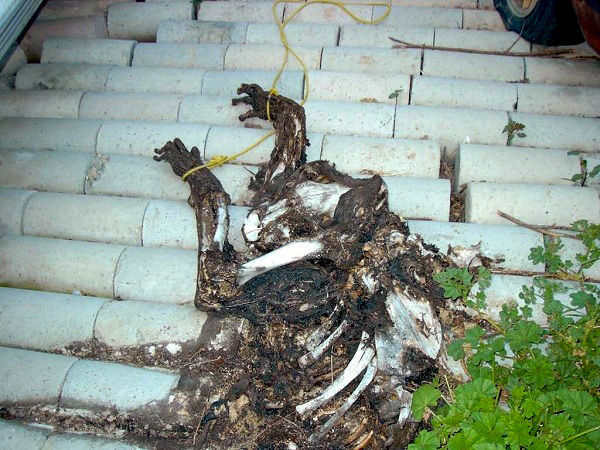In the 1990s a few people familiar with captive tigers began to form sanctuaries for these cats:
places that would provide a suitable place for them to live
out their lives, free from abuse and without the obligation to
perform or breed and to have enough food and proper medical
care.
True sanctuaries accept cats from private
owners who can no longer care for them, from circuses when
they are too old to perform, or rescued from roadside zoos. State or county wildlife agencies
are left with tigers when a breeder or exhibitor is shut
down in an emergency situation and the cats are left without a home.
Sanctuaries are called upon to take them in to avoid mandatory
euthanasia.
True sanctuaries can only take a limited number
of the big cats in need of rescue. The rest live at
substandard facilities until they die or are sold for parts.
Unfortunately there are no qualifications
needed to name or advertise yourself as a sanctuary, so most
who claim to be sanctuaries are Breeders or Exhibitors. They
call themselves sanctuaries to encourage fundraising by
selling the sanctuary story, when in fact their purpose is to
generate additional revenue with no obligation to improve the
conditions or lives of the cats. Having IRS status as a
501(c)(3) nonprofit does not mean a facility is a sanctuary.
Before getting involved with a sanctuary you
should research it and if possible visit the facility in person. If you
find yourself in a place that breeds, buys, sells, exhibits
off site, features cubs (especially white ones), lets you
handle them, has animals perform, has cramped enclosures
and/or is short staffed, you are in a roadside zoo at best and
a breeding farm at worst.
An example is the story of
John Weinhart and his sanctuary in Riverside County California
called Tiger Rescue. The facility started out as a home for
tigers retired from the circus and entertainment industry and
became a popular weekend destination for families who paid a
small fee to see the cats. Weinhart was often portrayed in
newspaper stories and his own promotional material as a
dedicated protector of wild animals.

Tiger carcass in Tiger Rescue sanctuary in
Riverside County, California
In 2003 when sheriffs deputies arrested John
they found tiger cubs crawling around the homes attic, two
hungry tigers roaming around the porch, and behind a gate in
the front yard they came across 30 dead adult tigers, some
with their legs tied together. There were 58 dead cubs stuffed into
freezers, as well as other exotic animals suffering from
malnutrition.
Please do not support phony sanctuaries.
A true sanctuary takes on an enormous financial
burden when it accepts a tiger because it commits to provide
for the cat for the rest of its life. They are all privately
operated nonprofit organizations and exist without government
subsidy.
Their ability to take in tigers is a function
of their private fundraising. They need your help.